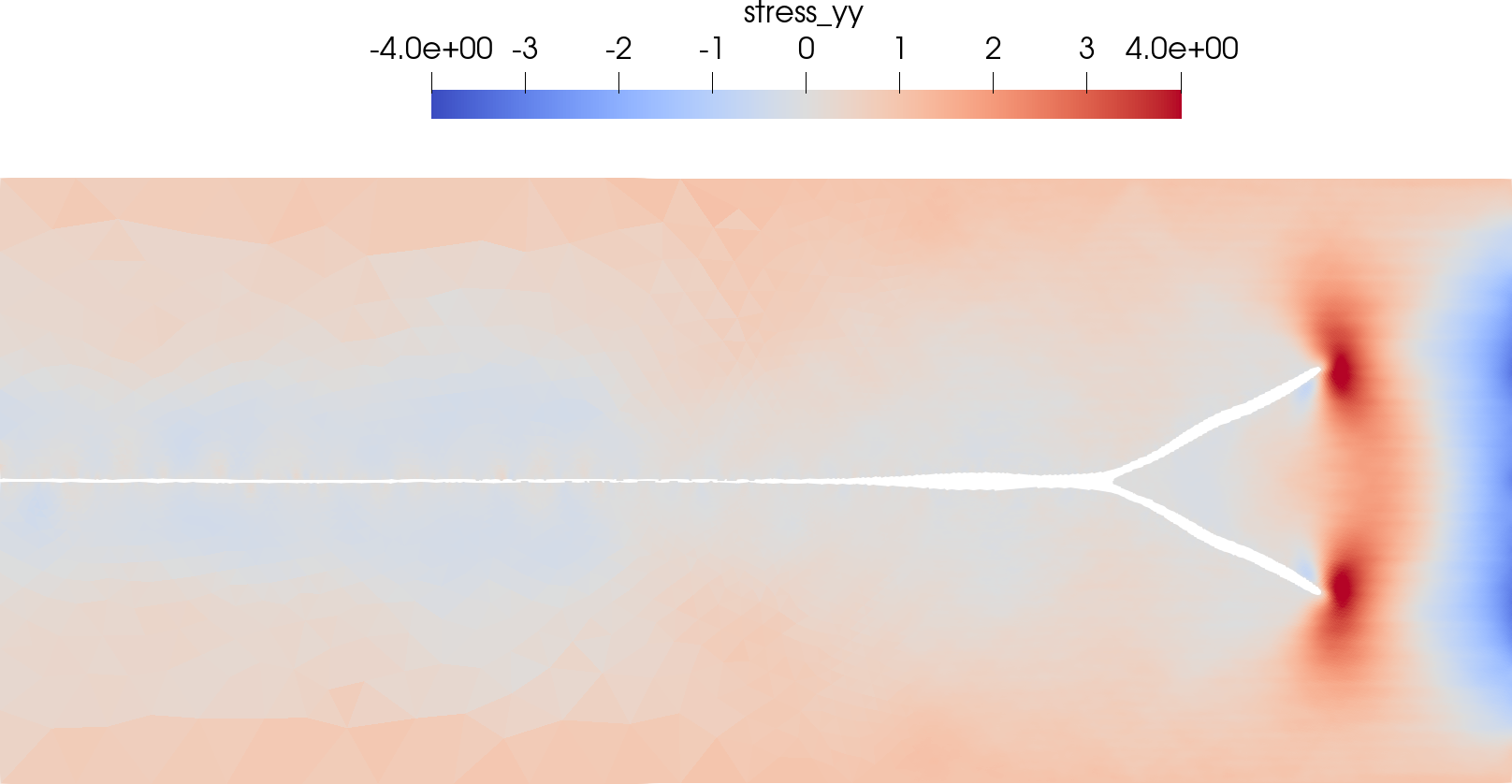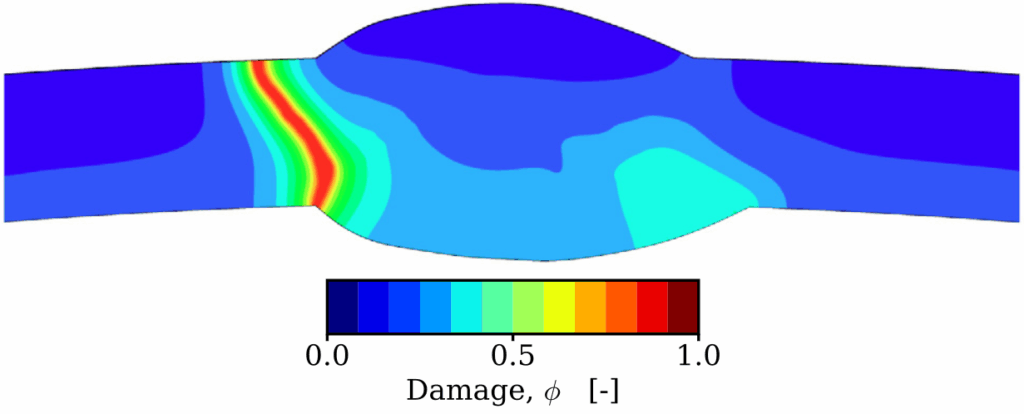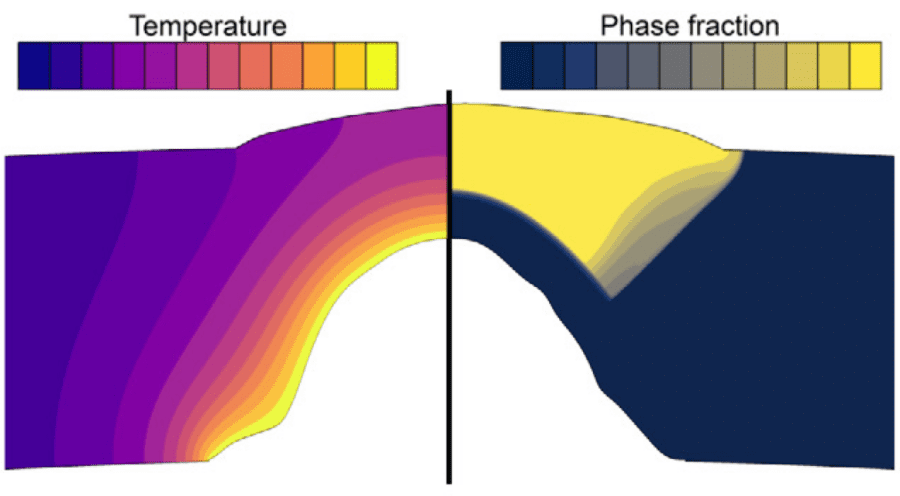Below simulation codes can be found that I have developed and used in my research. Please feel free to download and use them. If you use any of these codes for research purposes, I would appreciate it if you cite the relevant papers.
Lynx
A simulation framework in which several material models are implemented. Currently, it focuses on phase-field fracture simulations. However, the code is still under development and will be extended in the near future. I am planning to implement most of the material models that I have used in my research in Lynx.
Lynx is build on top of Moose, which is an open-source finite element framework. This means that anyone is able to run it for free, without needing commercial software licences. For installation instructions, follow the guidelines on the Moose website.
The code can be downloaded from my github page:
https://github.com/j-wijnen/lynx
Examples on how to setup Lynx-specific simulations are provided in the examples folder. Extensive tutorials on how to use a Moose-based application can be found on the Moose website.

Hydrogen embrittlement model (ABAQUS)
ABAQUS user-subroutines implementing an elastic-plastic phase-field fracture model, which can optionally be coupled to hydrogen diffusion. It is also possible to use initial conditions obtained with the welding model (see below).

Welding simulation code (ABAQUS)
ABAQUS user-subroutines for thermal-metallurgical-mechanical welding simulations. Enables the prediction of phase fractions, residual stresses and hardness maps.

Discrete slip plane model and crystal plasticity (Msc.Marc)
Msc.Marc subroutines for crystal plasticity and discrete slip plane model simulations. In addition, it includes a python pre- and post-processing program to setup simulations.
